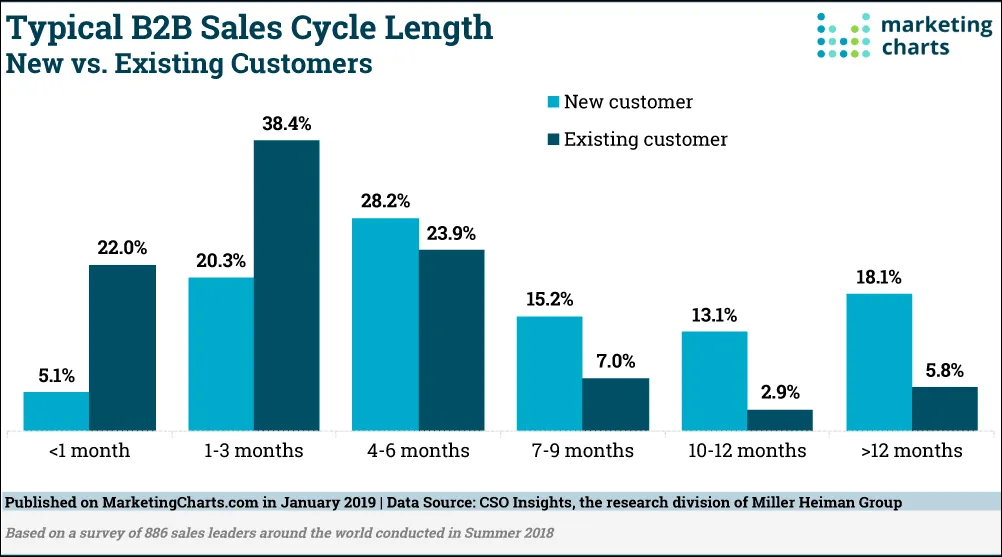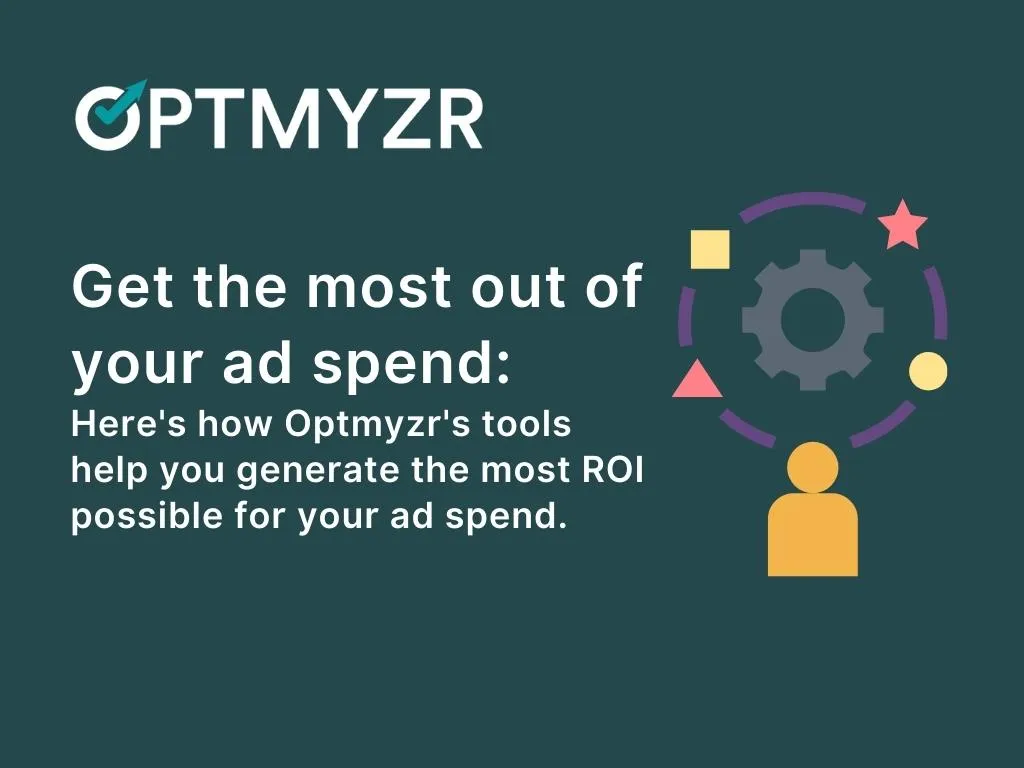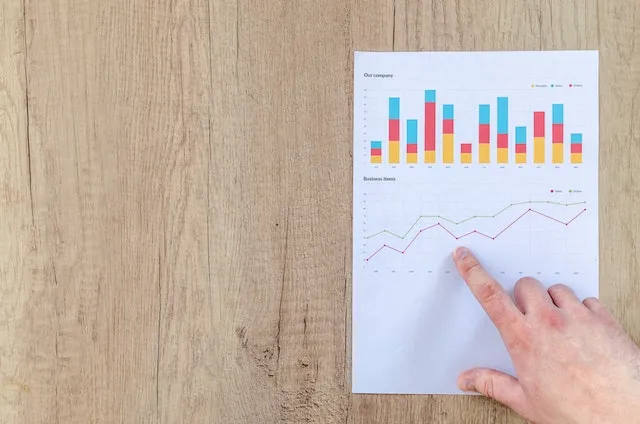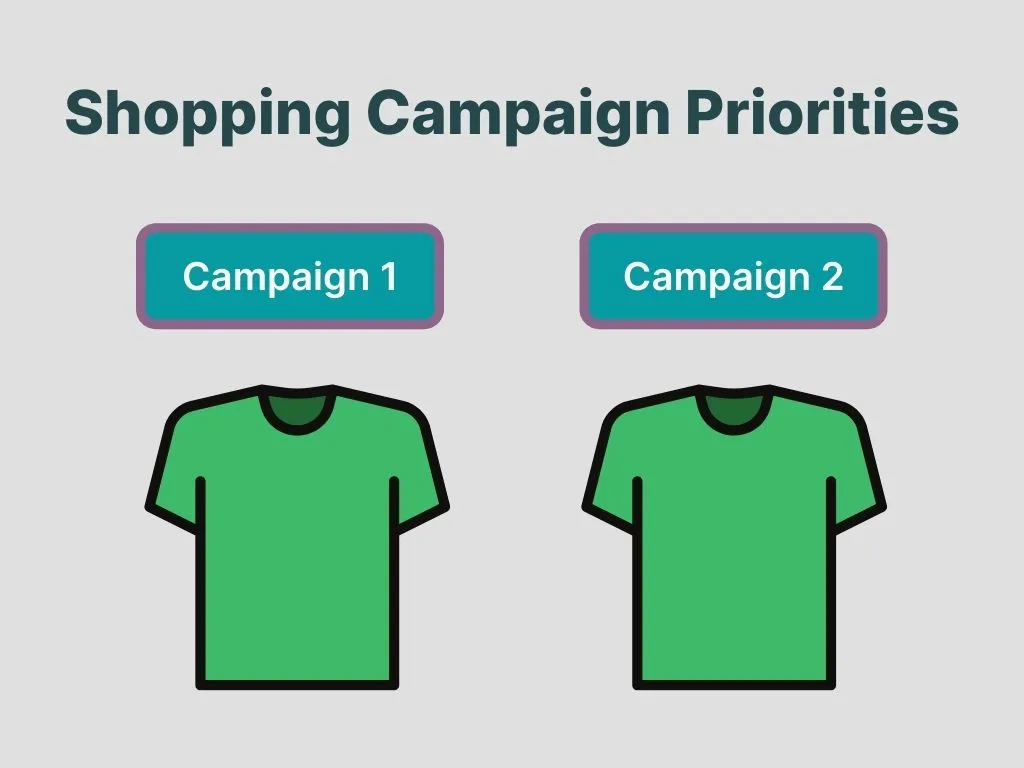Generating high-quality leads for B2B businesses is not easy.
No, my intention is not to discourage you right off the bat. But with sustained effort over a period of time, you can definitely build a solid, high-quality pipeline of leads that you can pass on to your sales team.
In this article, you’re going to learn how to generate leads for your B2B business using PPC, specifically using Google Ads.
On a side note, we spoke to two of the best B2B PPC experts in the industry on PPC Town Hall, our must-see show for all things search marketing. You can watch the full episode below.
Get actionable PPC tips, strategies, and tactics from industry experts twice a month.
Now, if you’re somebody who has worked in ecommerce or B2C before and has now started in B2B, there are some important things to know.
How is B2B PPC different from B2C or ecommerce PPC?
On the surface level, there are many similarities between B2B PPC and B2C PPC. The ad platforms are the same and the ad copy and landing page principles are also the same. But there’s a fundamental difference in the approaches between the two.
B2B PPC comes with some unique challenges like the two mentioned below.
1. The length of the sales cycle is longer in B2B.
In B2C or ecommerce buying process, there are fewer stakeholders involved in decision-making. Hence, sales cycles are shorter.
But in the case of B2B sales, the decision-making process happens across various stakeholders. And companies prefer to get into longer contracts. As a result, it takes a lot more time to complete a sale.

Source: Marketing Charts
2. You deal with lower lead volume in B2B PPC.
The size of the audience is larger in B2C and ecommerce. Hence there’s a better chance of generating a higher lead volume in a given period.
In B2B though, the audience size is narrower, so you don’t usually see as many leads in the same period.
Keeping the above challenges in mind, managing your client’s expectations is crucial. Andrea Cruz, Director of Client Strategy at Tinuiti says that when you onboard a new client, it’s important to have an upfront conversation with them and set realistic expectations.
“When you onboard a new client, you need to have a discussion with them and understand what their expectations are and make sure that they are aligned with what can happen.
So when I talk to them, I say, look, there are things that are already happening that you are doing that we can leverage and those will have a quicker impact. That’s the low-hanging fruit. But now there are campaigns that we are going to be running and results from them can take a while.
I believe that agencies say yes a lot and that we should say no more often and tell them why and create realistic expectations of what can happen.”
How to deal with low lead volume in B2B PPC campaigns?
If your campaign’s objective is to generate demos or free trials, you will likely get a lower lead volume. So your first PPC campaign should not be focused on generating demos. Nobody wants to buy a product or jump on a sales call right away as soon as the first time they’ve heard of a company, right?
Your first campaign should focus on generating demand for your product. And its objective should be to generate a higher-value, lower-friction micro-conversion that generates demand for your product.
What are micro conversions?
Micro conversions are the events that lead up to a bigger conversion like a demo or a purchase of your product.
Examples: Resource downloads, webinar signups, etc.
So instead of focusing on optimizing for demos, you should optimize for such micro conversions. And if you have a lower volume even there, try going further into even smaller conversions like on-page events, page engagements, etc.
Pro tips:
- Set up smart goals to turn your most engaged website visits into conversions.
- Install a heat mapping tool such as Microsoft Clarity or Hotjar to track clicks, scroll depth, etc. This gives you more insights into the full behavior of your visitors until their final conversion such as a demo.
Best Bidding Strategies for B2B Lead Generation
Enhanced cost-per-click (ECPC)
ECPC is a bidding strategy in which Google makes automatic adjustments to your manual bids rather than you having to do it completely manually.
If you’re running a campaign, especially with a low conversion volume or a new account, you can start with ECPC bidding. Although it is a form of smart bidding, it’s not entirely automated.
Here, you set the initial bids and can later adjust them manually (for example, for really high intent keywords) whenever you want.
Maximize Clicks
Unlike ECPC, Maximize Clicks is a fully automated bidding strategy where the focus is, as the name says, on getting you the most clicks.
There’s no focus on conversions here. So this is a good strategy for branding campaigns.
Note: Because the goal is to get you the most clicks and Google has complete control over the bids, it looks to spend your daily budget even if it becomes expensive to get you those clicks. So before running this strategy, set a maximum cost per click. And ensure that the average cost per click isn’t getting too expensive.
Target Impression Share
In Target Impression Share, you set a percentage for your goal impression share. If your objective is brand awareness or reach, this is a good strategy.
Note: After setting a max CPC bid and seeing it run for some time, keep an eye on it to make sure you don’t spend too much for a click. If you’re skeptical, set the bid a bit lower. If it’s working well, then good. If it’s not, increase the bid.
Maximize Conversions
Maximize Conversions is an automated bidding strategy where Google sets the bids for you to get the most conversions for your campaign while spending your daily budget.
This is a good strategy for campaigns in the middle or lower funnel.
Note: Just like Target Impression Share and Maximize Clicks, keep an eye on the CPCs as you’re giving Google’s algorithm the control to bid whatever it needs to bid to get the most conversions possible. And, before you start using this strategy, you’ll have to set up conversion tracking, something we recommend all advertisers do as soon as they start advertising on Google.
If you want to improve the accuracy of your conversion measurement and unlock more powerful bidding, try enhanced conversions.
Setting up enhanced conversions can take some time, especially in organizations where the marketing team needs to work with engineering to make changes to the website and the company’s CRM systems.
To get started more quickly, there are also conversion value rules. Here’s how it works: You tell Google’s algorithm that a specific type of lead is more valuable to you than others.
For example, everything else being equal, if you get a lead from New York and California, and if you tell Google that California’s lead turns into a better lifetime value customer for you than from New York, the algorithm works to bring you more of those leads that you want the most, in this case, those from California.
A great-converting landing page is just as important
Aside from choosing a bid strategy, you should also build a great landing page for your campaign that can convert. If you need tips and inspiration, check out this great landing page guide by KlientBoost.

Source: KlientBoost
Do not forget your funnel
“Always know where your audience is before starting your campaign”, says Brandon Coward, Director of Paid Media at Powered by Search.
And once a lead has spoken to your sales team, exclude them from your remarketing campaigns.
Brandon adds ->
”The first thing we do when we audit any account is taking a look at whether it’s a remarketing or prospecting campaign and see what the exclusions are.”
“And if you’re not either doing the manual upload or pushing those directly from CRM systems to exclude your customers or if it’s sales accepted leads or opportunities, for that matter, from early-stage campaigns, then that’s the first thing we do because you’re likely paying for people who might already be your customer.“
How to pick the suitable keyword match types?
Picking the right match type depends on the campaign and where you’re running it in the funnel. If you’re running a campaign to generate demo requests, experts suggest using ‘exact match’ because you want to be very precise with what your audience is looking for.
But if you don’t have enough volume there, switch to ‘phrase match’.
What about excluding negative keywords?
Early on, you’ve got to keep an eye on negative keywords to ensure you’re getting the right traffic for your campaign. But if you want to make that process easier, Optmyzr helps you keep them in check, using the Negative Keywords Finder tool.
This tool makes recommendations for keywords that you may consider adding as negatives by finding non-converting queries from your search terms report that are driving costs to help you avoid wasted spend.
Date first, marry later.
Remarketing works really well for B2B. Offer something of value to your audience before you ask them to get on a call with your team. Don’t ask for something in return too soon. Selling becomes easier after they learn more about you or your brand. And to conclude here’s a great piece of advice from Andrea ->
“The best PPC managers are the ones who monitor their accounts regularly. Yes, automation is inevitable, but it’s incredibly rewarding to keep an eye on your accounts, understanding what’s working and what’s not, and optimizing for the right conversions to get the best ROI for your ad spend”.
Get actionable PPC tips, strategies, and tactics from industry experts to your inbox once a month.








